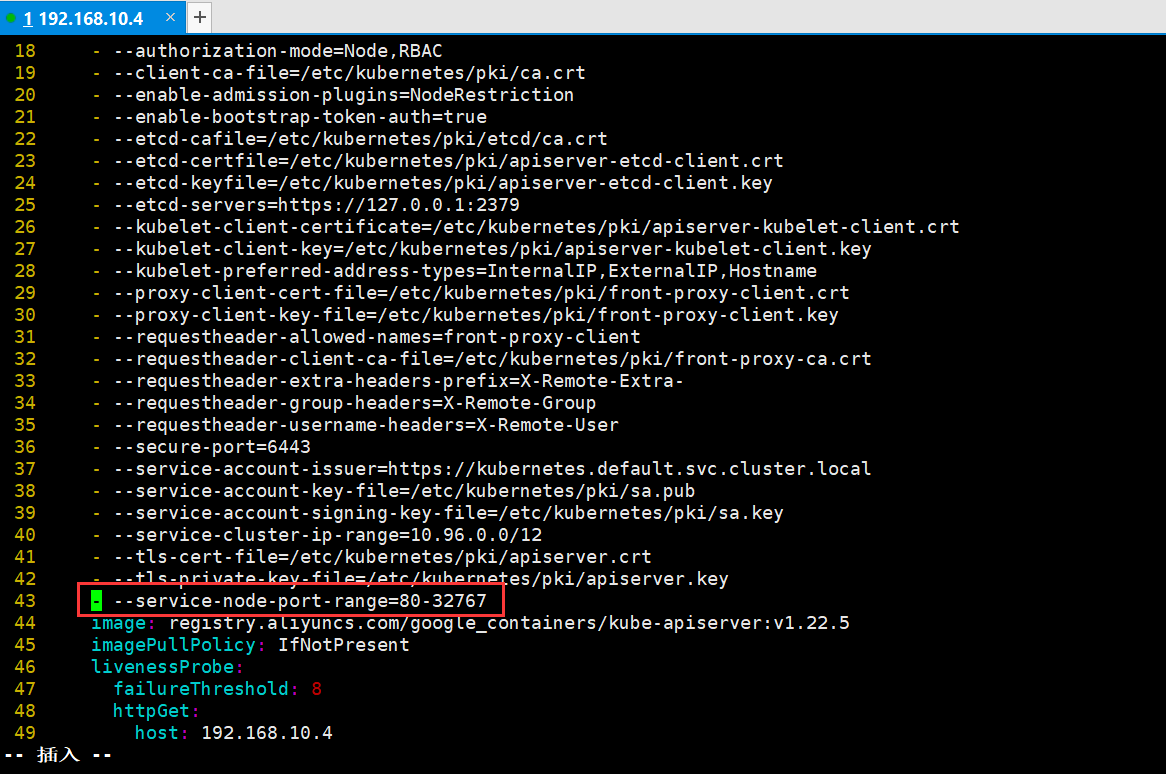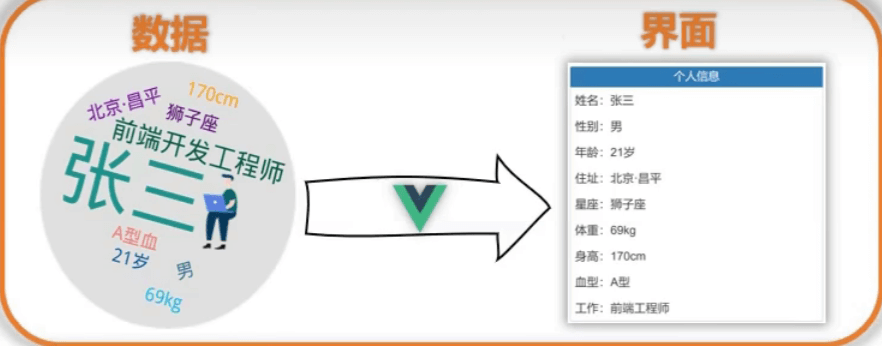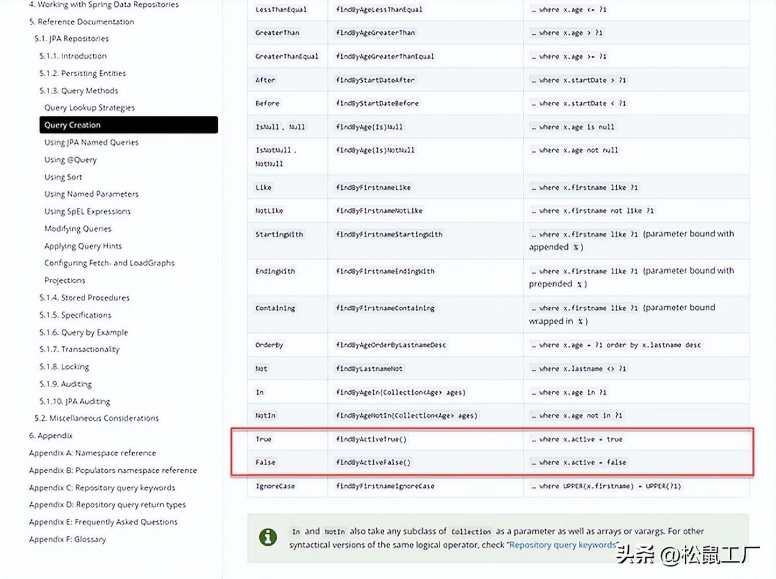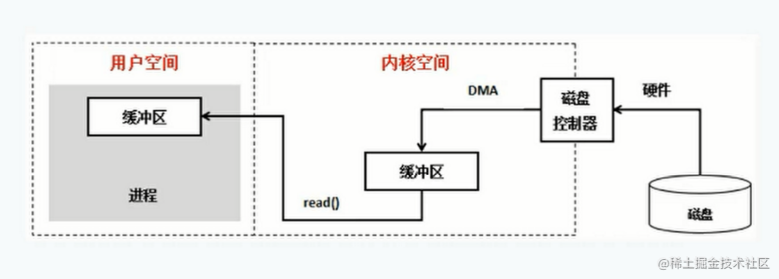FastAPI - 一款新型的 Python Web 框架(对比 Flask)
近日只是为了想尽办法为 Flask 实现 Swagger UI 文档功能,基本上要让 Flask 配合 Flasgger, 所以写了篇 Flask 应用集成 Swagger UI 。然而不断的 google 过程中偶然间发现了 FastAPI 这么一款集成了 Swagger UI 的更新的 Python/ target=_blank class=infotextkey>Python Web 框架。起初想要在标题中表达的意思大概是 Flask + Swagger = FastAPI, 后来发现 FastAPI 的闪亮点不仅如此,顺便找了些 Flask 与 FastAPI 对比的文章来,在文后附有链接。
本文不对 Flask 与 FastAPI 的各个方面对进行对比,本人兴趣依然还在 FastAPI 的 Swagger UI 功能,以及与 Flask 的 Blueprint 类似的特性。如果要拿 Flask 与 FastAPI 比较的话,应该用 Flask 2.x, 因为它开始支持类似 @App.get 的装饰器,并引入了 async 路由函数。
Flask 是在 2010 年发布的,它构建于 WSGI(Python Web Server Gateway Interface) 之上的,产品环境中运行需与 uWSGI, Gunicorn 搭配,或用 mod_wsgi 模块与 Apache 集成。因发布较早,所以目前应该有较多的使用者。Flask 2.0 需要 Python 3.6+ 的支持,如果支持 async , 需 Python 3.7+
FastAPI 发布于 2018 年,构建于 ASGI(Asynchronous Server Gateway Interface) 之上,在 IO 密集型的应用中有更优越的性能。生成环境中配合 ASGI 服务器,如 Uvicorn 或 Hypercorn . FastAPI 最为亮丽的特性是集成了 Swagger UI -- 外加一个福利 ReDoc 。FastAPI 需 Python 3.6+ 版本。
毕竟是在开始学一个新的框架,还是从它的基本用法开始,途中会穿插与 Flask 的对比。
FastAPI 的基本用法
安装:
$ pip install fastapi $ pip install "uvicorn[standard]"
当前安装的 fastapi 版本为 0.70.1, uvicorn 版本为 0.16.0。开始第一个例子,摘自官方
创建一个 main.py 文件,内容为
from typing import Optional
from fastapi import FastAPI
app = FastAPI()
@app.get("/")
def read_root():
return {"Hello": "World"}
@app.get("/items/{item_id}")
def read_item(item_id: int, q: Optional[str] = None):
return {"item_id": item_id, "q": q}
|
from typing import Optional from fastapi import FastAPI app = FastAPI ( ) @ app . get ( "/" ) def read_root ( ) : return { "Hello" : "World" } @ app . get ( "/items/{item_id}" ) def read_item ( item_id : int , q : Optional [ str ] = None ) : return { "item_id" : item_id , "q" : q } |
注:以上两个函数前面可以加上 async 关键字
启动服务,用命令
$ uvicorn main:app --reload INFO: Will watch for changes in these directories: ['/Users/yanbin/demo/first-fastapi'] INFO: Uvicorn running on http://127.0.0.1:8000 (Press CTRL+C to quit) INFO: Started reloader process [81730] using watchgod INFO: Started server process [81732] INFO: Waiting for application startup. INFO: Application startup complete.
注: uvicorn --help 列出详细帮助,如启动多少个 worker, 绑定网络接口和端口号, 配置 SSL 证书等。
访问服务
$ curl -i http://localhost:8000/ HTTP/1.1 200 OK date: Mon, 20 Dec 2021 06:51:24 GMT server: uvicorn content-length: 17 content-type: application/json {"Hello":"World"}
另一个服务就是
http://localhost:8000/items/100?q=somequery
与 Flask 的对比
- Flask 对返回的 dict 类型会自动应用 jsonify(), 并且响应的 Content-Type 为 application/json; 如果返回的是字符串,响应 Content-Type 为 text/html, 除非显式的调用 jsonify() 函数。FastAPI 都会生成 application/json 的响应,Flask 对返回的 tuple 类型还有更多的约定, 见 Flask About Response
- Flask 对路径中的参数可选择中 @app.xxx 装饰器中声明类型,如 app.get("/items/<int:item_id>"
- Flask 访问查询参数用 request.args.get('key') 的方式
- 启动服务的方式不同,下面单独列出
回顾一个 Flask 启动服务的方式有
$ export FLASK_APP=hello $ flask run
如果程序文件名为 app.py 或 wsgi.py 的话,可以省略 FLASK_APP 环境变量,直接执行 flask run 就行。另一种方式就是在代码中加上 main 入口
if __name__ == "__main__":
app.run()
|
if __name__ == "__main__" : app . run ( ) |
然后像普通 Python 代码一样执行
$ python main.py
对于 FastAPI, 如果总是要用 uvicorn 来启动服务的话,在 IDE 中调用就变得不那么便利。由于 uvicorn 本身就是 Python 实现,当然也就可以把命令过程写到 Python 代码中
from fastapi import FastAPI
import uvicorn
app = FastAPI()
if __name__ == "__main__":
uvicorn.run(app)
|
from fastapi import FastAPI import uvicorn app = FastAPI ( ) if __name__ == "__main__" : uvicorn . run ( app ) |
注:uvicorn.run() 可接受更多的参数,相当于 uvicorn --help 可接受的。
同样把 main.py 当作普通 Python 程序来启动即可
$ python main.py
FastAPI 自动产生的 Web 文档
前面讲过,FastAPI 进入我的视野最首要的一个原因就是它集成了 Swagger UI, 在启动了 FastAPI 服务后,只要访问
http://localhost:8000/docs, 熟悉的 Swagger UI 即刻映入眼帘
同时注意到函数映射为 API 的名称,由于参数是带有类型提示的,所以在 SwaggerUI 中也能看到相应的类型。其他定制 Swagger UI 的工作需要时可细细研究。
FastAPI 除了 SwaggerUI 外,还同时给了我们另一个选择,那就是 redoc, 访问
http://localhost:8000/redoc, 看到下面的界面
我也是头一回从 FastAPI 这里了解到还有一个 Redoc 的 Web API 文档工具,它和 SwaggerUI 类似,都是支持 Open API。
API Spec 中包含请求/响应的 Model
使用 FastAPI 时,在 API 文档中产生请求/响应的 Model 类型也很简单,下面的例子同时包含自定义的输入输出类型
下面是 main.py 的全新内容
from typing import Optional
from fastapi import FastAPI
from pydantic import BaseModel
app = FastAPI()
class Item(BaseModel):
name: str
price: float
is_offer: Optional[bool] = None
class Msg(BaseModel):
item_id: int
item_name: str
@app.put("/items/{item_id}", response_model=Msg)
def update_item(item_id: int, item: Item):
return {"item_name": item.name, "item_id": item_id}
|
from typing import Optional from fastapi import FastAPI from pydantic import BaseModel app = FastAPI ( ) class Item ( BaseModel ) : name : str price : float is_offer : Optional [ bool ] = None class Msg ( BaseModel ) : item_id : int item_name : str @ app . put ( "/items/{item_id}" , response_model = Msg ) def update_item ( item_id : int , item : Item ) : return { "item_name" : item . name , "item_id" : item_id } |
再查看
http://localhost:8000/docs 文档,看到 PUT /items/{item_id} 的界面如下
我们能看到请求与响应中的 Example Value 和 Schema 定义
梳理完 FastAPI 的自动 API 文档功能,进入下一个话题
FastAPI 的多文件支持
FastAPI 类似于 Flask 的 Blueprints 功能没有一个特定的名称,只笼统的给出解决方案 Bigger Applications - Multiple Files . 我们来看一下它是怎么实现的。这里简化官方的例子,排除了 dependencies 的应用,要用到的目录结构为
app
├── internal
│ └── admin.py
├── main.py
└── routers
├── items.py
└── users.py
|
app ├── internal │ └── admin . py ├── main . py └── routers ├── items . py └── users . py |
每个目录中都可以放一个 __init__.py 文件,标识为包,接着是每个文件的内容
app/internal/admin.py
from fastapi import APIRouter
router = APIRouter()
@router.get("/")
def admin():
return "admin"
|
from fastapi import APIRouter router = APIRouter ( ) @ router . get ( "/" ) def admin ( ) : return "admin" |
app/routers/items.py
from fastapi import APIRouter
router = APIRouter(prefix="/items", tags=["tag_items"])
@router.get("/")
async def read_items():
return {"__all__"}
@router.delete("/{item_id}")
def delete_item(item_id: int):
return {"action": "delete", "item_id": item_id}
|
from fastapi import APIRouter router = APIRouter ( prefix = "/items" , tags = [ "tag_items" ] ) @ router . get ( "/" ) async def read_items ( ) : return { "__all__" } @ router . delete ( "/{item_id}" ) def delete_item ( item_id : int ) : return { "action" : "delete" , "item_id" : item_id } |
app/routers/users.py
from fastapi import APIRouter
router = APIRouter()
@router.get("/users/{username}", tags=["users"])
def read_user(username: str):
return {"username": username}
@router.post("/users/{username}", tags=["users"])
async def add_user(username: str):
return {"action": "add", "username": username, "userid": "new_id"}
|
from fastapi import APIRouter router = APIRouter ( ) @ router . get ( "/users/{username}" , tags = [ "users" ] ) def read_user ( username : str ) : return { "username" : username } @ router . post ( "/users/{username}" , tags = [ "users" ] ) async def add_user ( username : str ) : return { "action" : "add" , "username" : username , "userid" : "new_id" } |
在每个单独定义路由的文件里用到的是 APIRouter , 它相当是一个迷你的 FastAPI , 也类似于 Flask 的 Blueprint . 上面分别演示了两种 APIRouter 的声明方式,声明时带不带 prefix 和 tags。同时在为函数定义路由时也可指定 tags,在后面我们将会注意到 tags 只是为 API 文档分类用的。
app/main.py
from fastapi import FastAPI
from .internal import admin
from .routers import users, items
app = FastAPI()
app.include_router(users.router)
app.include_router(items.router)
app.include_router(admin.router, prefix="/admin", tags=["admin"])
@app.get("/")
def index():
return "index"
|
from fastapi import FastAPI from . internal import admin from . routers import users , items app = FastAPI ( ) app . include_router ( users . router ) app . include_router ( items . router ) app . include_router ( admin . router , prefix = "/admin" , tags = [ "admin" ] ) @ app . get ( "/" ) def index ( ) : return "index" |
这里实际上使用了三种定义路径前缀与 tags(API 分类) 的方式
- user.router: 在每个 API 中定义完整 API 路径(如 /users 为 URL 前缀) 以及 tags
- item.router: 声明 APIRouter 时统一指定 URL 前缀和 tags
- admin.router: 注册 APIrouter 到 app(FastAPI) 时指定 URL 前缀和 tags
现在运行
$ uvicorn app.main:app --reload
查看 SwaggerUI
http://localhost:8000/docs
到目前为止我重点关注 FastAPI 的就是以上那两个特性:自动 API 文档与大程序多文件(Blueprint) 功能。其他的特性可查阅 FastAPI 的 Features 。比如:
- 自动的 JSON 反序列化
- 数据校验功能
- HTTP Basic, OAuth2, API keys 的支持
- WebSocket, 进程内后台任务,启动/关闭事件,CORS, GZIP, 静态文件,流响应数据,Session/Cookie
- 轻松与 GraphQL 集成
原文
https://yanbin.blog/fastapi-new-python-web-framework-vs-flask/



























